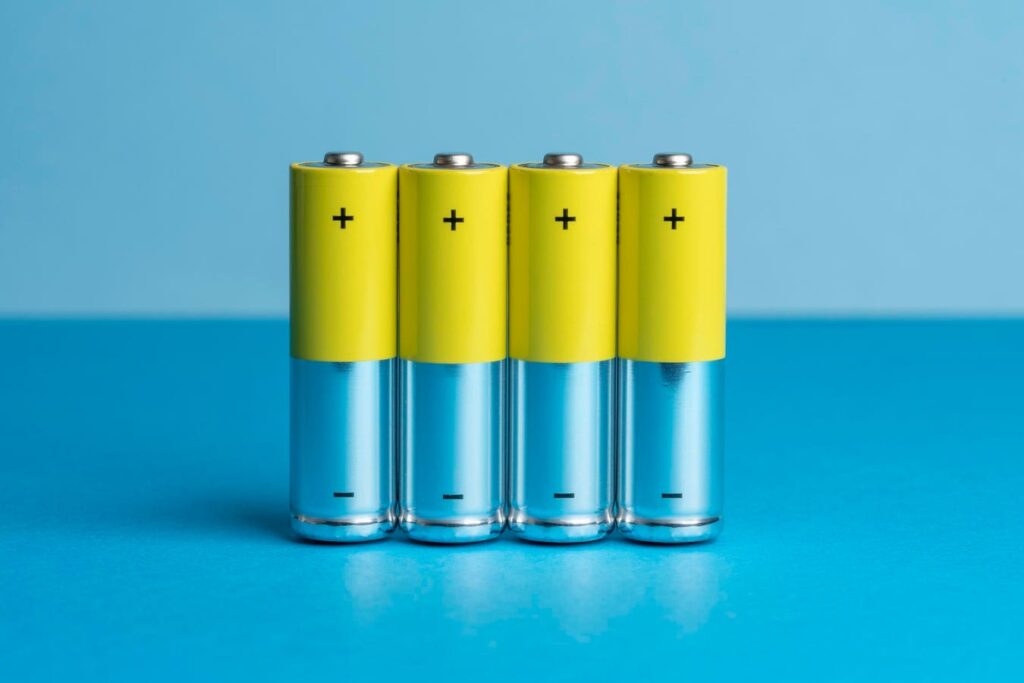Nadezhda Kosareva, CEO at Unitsky String Technologies Inc.
As the head of a company engaged in the development of transport systems, I am often curious about how new technologies in this field will likely impact people’s lives.
I want to believe that new innovations and processes can help make the common sight of cars waiting in miles-long traffic jams on highways, all releasing harmful emissions, a thing of the past—so that we can live in clean cities where fresh air doesn’t surprise anyone.
I believe an important step in this process is phasing out petroleum-based fuels in favor of electric power. But here, lithium can be a serious obstacle to the transition towards a more advanced and safe green transport. Let’s find out why.
The Destructive ‘White Gold’
Lithium, or the new “white gold,” as it is often referred to in the media, surrounds us everywhere. It’s in our smartphones, tablets, smartwatches and cars. Without this metal, modern life seems impossible. However, while we bring life to technology, we take it away from nature.
The most common method of lithium extraction involves drilling deep wells in open salt marshes to extract salty groundwater that is saturated with minerals. Water contaminated with such brine during industrial pumping gets from lagoons formed at the mining site into sources with drinking water. A high concentration of salt dries the environment, depriving people, animals and plants of moisture sources.
The degradation of the ecosystem within the lithium triangle, which is located in the territories of Bolivia, Chile and Argentina, is particularly noticeable.
Locals, looking at the dry riverbeds, realize that they could lose everything. I was struck by the words of Irene Leonor Flores de Callata, a representative of the Colo people living in the mountainous part of Argentina. In an interview with Euronews, she bitterly noted: “What will we do if we don’t have water? If the mines come, we will lose our culture, we will have nothing left.”
Therefore, anyone who connects the future of electric transport with lithium should ask themselves one question: “Are the additional 100 to 200 kilometers battery range for electric vehicles worth the future of an entire nation and the degradation of ecosystems in individual regions?”
Carbon Alternative
The scientific department of my company and others are working hard to develop green technologies. Much research shows that graphene is the future of electric transport.
Carbon-based batteries, such as those using graphene, have better application potential compared to lithium-ion batteries, as carbon is a natural energy storage on Earth. Thus, there are already good results of using nanotubes (graphene) to enhance the characteristics of existing batteries.
Yes, there are no reliable technologies for producing carbon-based electric energy batteries yet, but this is the future associated with our nature. Due to the high thermal conductivity, graphene batteries will heat up less while providing improved performance, which should significantly extend their service life.
Graphene has a phenomenal capacity, up to 1,000 watt-hours of energy per kilogram. For comparison, lithium-ion batteries can only store up to 180 watt-hours. Graphene is also interesting because it is two-dimensional and does not contain heavy atoms, unlike other compounds in this class. Simply put, it is environmentally friendly and safe—in fact, it is just carbon.
The Prospect Of The Next Decade
Today, the main challenge to the implementation of graphene batteries is the cost of carbon fiber. However, I am confident that within the next decade, a solution will be found for scaling up graphene production.
And I am not the only one who thinks this way; today, around 300 organizations are working on graphene battery technology. For example, the Spanish company Graphenano is busy creating a battery based on graphene polymer. This type of battery has the potential to provide electric vehicles with up to 500 kilometers of range with just a five-minute recharge.
Toray Industries is conducting significant research in this field as well. Its specialists have developed an ultrafine dispersion solution of graphene with excellent fluidity along with electrical and thermal conductivity. With its help, Toray Industries will be able to produce very thin, high-quality graphene from inexpensive graphite materials.
Their development already provides a 50% improvement in battery life compared to using traditional carbon nanotubes as conductive agents.
Green Transportation As The Main Goal
The use of graphene energy storage devices has the potential to provide a number of significant advantages. First, the lightweight nature of these batteries could increase the passenger capacity of transportation vehicles due to the reduced weight. Also, the exceptional strength and durability of graphene also promise to contribute to longer battery life and a reduced need for replacement.
To prepare for the future of sustainable transportation, businesses can be among the many organizations exploring the potential of graphene batteries as a cleaner and safer alternative to lithium-ion technology.
For companies in the transportation or energy sectors, specifically, investing in research and development for graphene-based technologies is key. Start by staying informed about the advancements in graphene battery production and scalability, looking to innovations that will drive down costs and enhance performance.
Over time, I believe the widespread adoption of graphene can help make public transport faster, safer and more cost-effective, allowing businesses to capitalize on the shift toward truly sustainable transportation systems. Preparing now will ensure you are well-positioned to thrive in this new, eco-friendly era of transportation.
Forbes Business Council is the foremost growth and networking organization for business owners and leaders. Do I qualify?
Read the full article here











